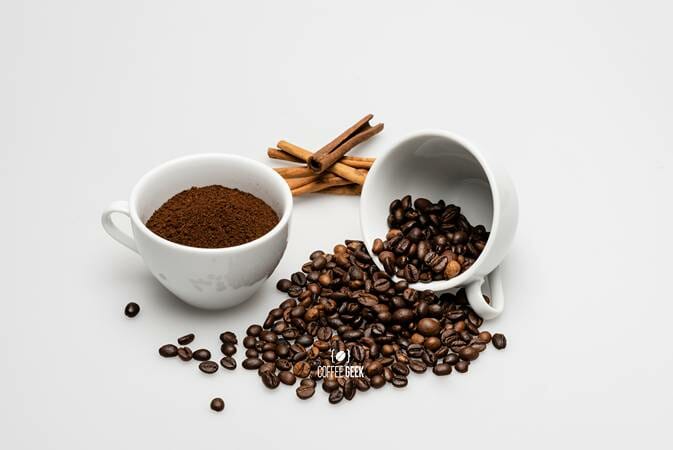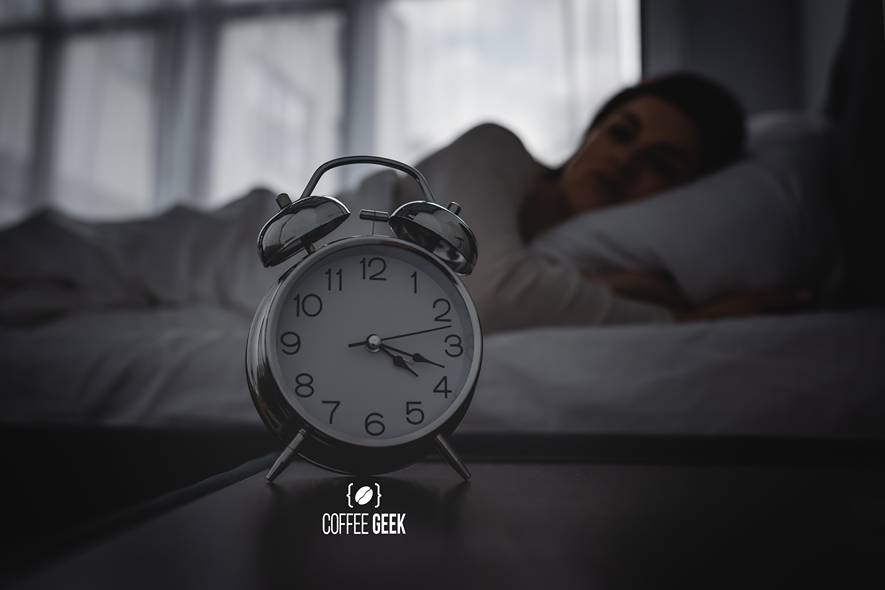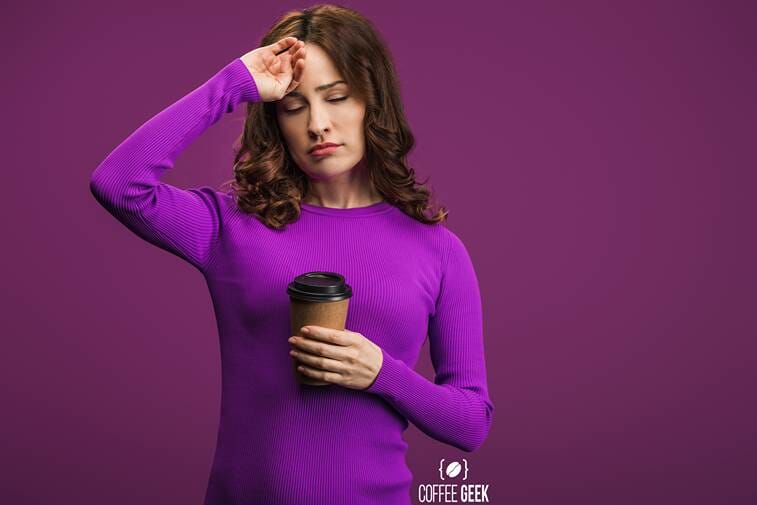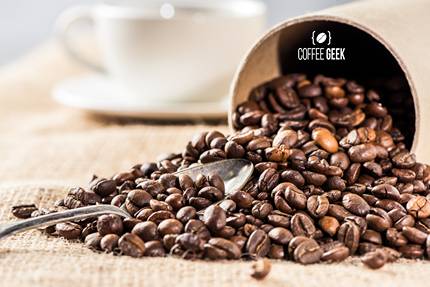Latte is one of the most popular milk-based coffees in the world. You might also be here because you’re a fan of Latte, aren’t you?
And if you’re also wondering how much caffeine in a Latte, your favorite coffee drink, you’re not alone!
That’s why in this article, we’re going to answer the question that was asked by many.
So if you want to know how much caffeine is in a latte, then keep on reading! This article will also provide you with more interesting info about Lattes.
Let’s get started!
How much caffeine in a latte coffee?
A normal-size Latte, about 11-15 ounces (325-443 ml), usually contains 100-128 milligrams of caffeine.
Please take note that this can change depending on the number of shots of espresso in it.
Some people love their Latte with a double shot, which usually contains around 150-185 mg of caffeine.
The Latte caffeine amounts is enough to give you the boost you need to be productive at work, and in anything you do.
However, some people require even more to give them a boost, which could be too much.
But how much is too much?
How much oz is too much caffeine?
The definition of too much caffeine depends on the individual’s caffeine threshold. Every one of us has different caffeine tolerance.
Some are caffeine sensitive and limit their intake to a minimal amount. In that case, the amounts caffeine basics in a Latte with a single shot of espresso may be too much for them.

On the other hand, some people can handle a generous amount of caffe latte caffeine that they can even drink coffee or latte several times a day.
But in general, according to the FDA, 400 milligrams of caffeine a day appears safe for most healthy adults.
That equals 2-3 cups of Latte, depending on the shot and size of the cup. Anything more than that may cause adverse effects related to caffeine.
But what are those side effects?
Side effects too much caffeine can make

It’s very important to follow the FDA’s suggestion about caffeine intake. Most significantly, it’s essential to know how much caffeine your body can handle in a day.
Why? Because consuming more caffeine than you can take can cause a lot of negative side effects on your body.

Here are some:
- Insomnia
- Anxiety
- Rapid heart rate
- Fatigue
- Diabetes
- The digestive problem, etc.
What is the risk of drinking a latte coffee with milk?
Latte is a safe beverage, just like other coffee drinks, although it’s not the healthiest option. If you drink moderately, you don’t have to be worried about the risks.
However, drinking too much can cause side effects of caffeine we discussed above, along with nervousness, restlessness, nausea, and vomiting.

You should also consider carefully if you’re a pregnant woman because the caffeine content of Latte can increase the chance of miscarriage and low birth weight.
But aside from that, if you’re a healthy adult who drinks in moderation, there’ll be no risk to be afraid of.
What is a Latte?
Latte is one of the types of espresso drinks that originated in Italy, which is why it’s called Latte, which means “milk” or milk coffee.
This drink was claimed to be invented by Lino Meiorin back in the 1950s.
This coffee drink is a combination of an espresso shot, steamed milk/warm milk, and milk foam.
It’s also usually decorated with latte art. It can also be topped with whipped cream, depending on your preference.
Latte also has a lot of variety like latte macchiato and green tea latte from Starbucks (also known as chai latte or matcha latte).
Caffe latte can also be served as hot or iced latte/iced coffee.
Caffe latte can be found in almost all of the coffee shops since it’s really popular. However, if you don’t want to go outside, it’s also very easy to make at home.
Good thing you’re in the right place. ‘Coz aside from the caffeine content coffee, we will also discuss how to make it.
How to make a Latte – Espresso Coffee?
As already mentioned above, Latte is not hard to replicate at home, especially if you have an espresso machine with a built-in milk frother.
All you have to do is:
- Brew espresso shots (2 oz)
- Froth your hot milk (3oz)
- After you get an espresso coffee, get the steamed milk and slowly pour it into the cup with an espresso shot.
- Carefully make latte art at the end.
(You can also check our article about how to make espresso and latte using Breville Barista Express.)
If you can’t create latte art on your Latte, don’t lose hope. Making it perfect requires a lot of practice and effort, so just keep at it!
Conclusion
So, we finally know the caffeine amount in our favorite cafe latte.
This is important to know so you can track how much caffeine you consume and how many lattes you can safely drink in a day.
Overall, Latte is a very delicious drink that everyone should try. Enjoy it in moderation. Thank you for reading!
FAQs
Is Latte stronger than drip coffee?
In terms of caffeine content, Latte (which contains 77 mg of caffeine per 8 oz/237 ml) has less caffeine than drip coffee (which contains 145 mg of caffeine per 8 oz/237 ml) or any regular brewed coffee. Drip coffee is therefore stronger than Latte. So, if you want a strong cup of coffee, consider drip coffee.
How much sugar is in a latte?
The amount of sugar in a latte depends on the size of your cup. For example, a 16 fl oz (473 ml) Latte contains about 18 grams of sugar. This can be adjusted depending on your preference, especially if you make your own Latte.
Do Lattes cause weight gain?
Yes. Sugar and other ingredients in lattes can contribute to weight gain. Furthermore, each 16-ounce Latte contains 60 calories, which can add up and lead to weight gain.




